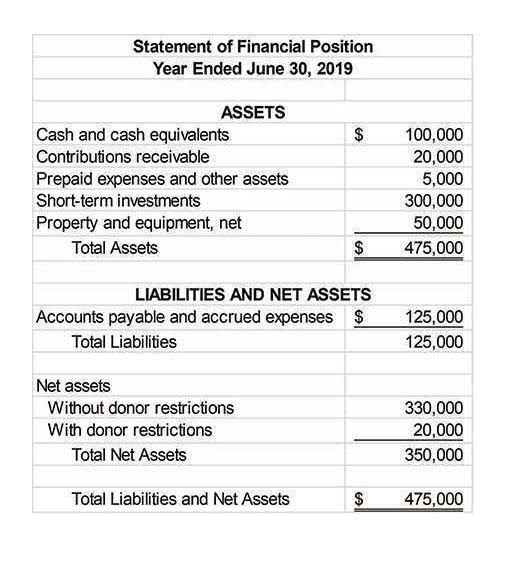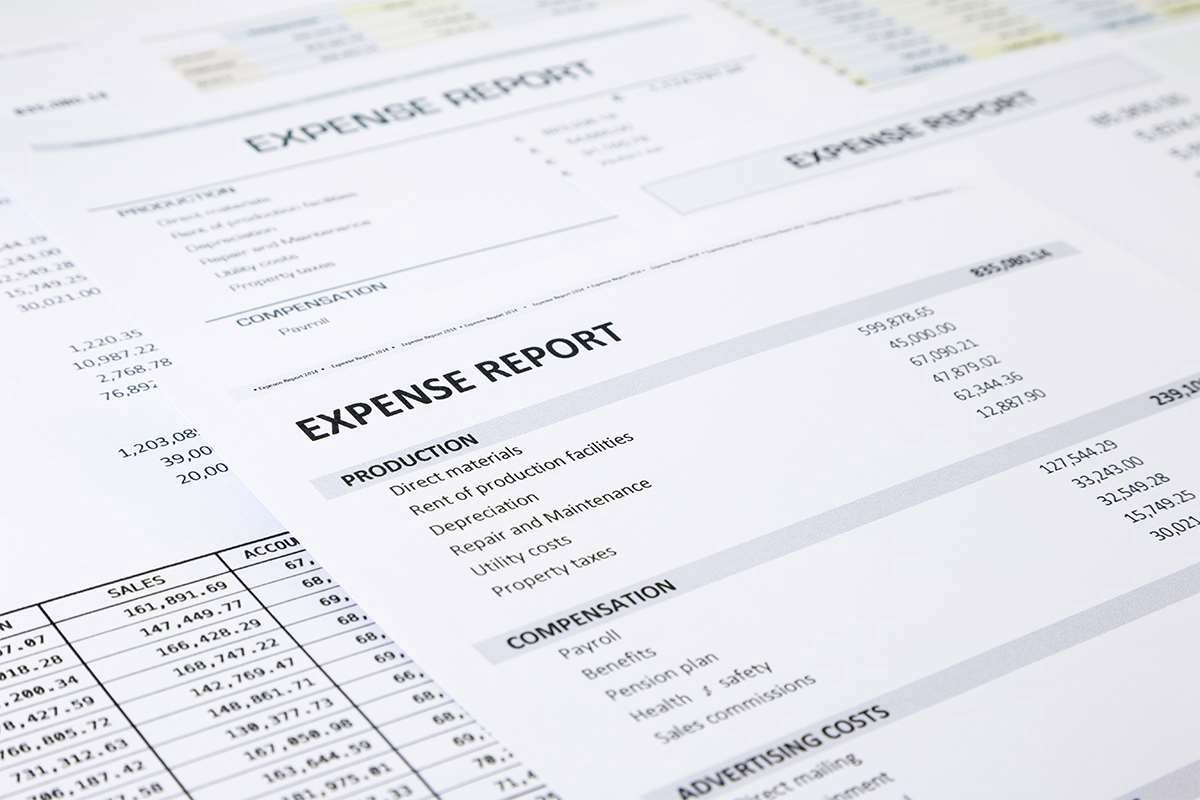
In the manufacturing sector, conversion costs may also include machine maintenance and depreciation. For service-based industries, conversion costs can include labor costs for employees directly involved in service delivery. The cost of a product is determined by the amount of labor and overhead needed to convert raw materials into finished goods.
In contrast, if the business regularly invests a big chunk of its expense on raw materials, Prime costs can provide a better overview. Both provide an overview of the company’s expenses that affect the production process and help the company make favourable financial decisions. Direct materials and direct labor charges are both included in prime costs when creating full items. The acquisition of raw materials or any physical element required to produce a product is referred to as direct materials.
This also streamlines your Inventory, Purchase, Sales & Quotation management processes in a hassle-free user-friendly manner. In addition, a firm may be required to compute conversion expenses to estimate its cost of sales for income statement reporting. They are most commonly utilized in the manufacturing industry, although any company that manufactures items can use this statistic when making business choices connected to their products.

Conversion costs are the expenses of manufacturing overhead and direct labour that are needed to produce raw materials into finished products. Also, measuring conversion helps to set the desired level of profits, while prime costs control the efficiencies of the manufacturing process. The concept of conversion cost is mainly linked to manufacturing firms responsible for converting raw substances into refined products. Organizations should also calculate prime costs, in addition to conversion costs, to understand the efficiency of the production environment. Prime costs refer to all the direct expenses related to producing a finished product. So direct labor costs appear commonly in both prime costs and conversion costs.
Desired actions may include clicking an ad and visiting a landing page, completing a form, or making a purchase. Being aware of them helps in reducing unnecessary expenses, which improves the overall efficiency of the business’s manufacturing function. However, if there are other expenses that are directly attributable to a product, then include them in the formula. Prime costs refer to expenses that are directly attributable to a product. Manufacturing overhead, on the other hand, refers to expenses that are not directly traceable to any single product. Direct materials are the primary building blocks that form the basic makeup of each unit of end products.

You could use that information as an inspiration to make changes and see if you can improve it. Prime cost and conversion cost are two classifications of product costs where prime cost is the primary cost of production which can be directly traced to the finished goods. Conversion costs are also used to analyze efficiency in manufacturing processes, but they also account for overheads in the manufacturing process that are not measured in prime costs. In other words, conversion costs are the expenses of transforming raw resources into a finished product that can be sold. Conversion cost is the cost the company spends on unusual expenses and direct labour when turning raw materials into finished products.
Thus, conversion costs are all manufacturing costs except for the cost of raw materials. This includes the cost of direct materials (raw materials), direct labor, and other expenses that are directly traceable to the manufacturing of a product. To make the frames for the glasses, workers must cut the appropriate length of material and then shape the material into the frame with the help of a frame mold. At the end of every year, after the firm’s inventory count, the firm looks at production costs. When materials are sent into production facilities, they go through several stages before becoming finished goods.
Conversion costs include all direct or indirect production costs incurred on activities that convert raw material to finished goods. It is easier to track the materials and conversion costs for one batch and have those costs follow the batch to the next process. In the Peep-making process, the direct materials of sugar, corn syrup, gelatin, color, and packaging materials are added at the beginning of steps 1, 2, and 5. While the fully automated production does not need direct labor, it does need indirect labor in each step to ensure the machines are operating properly and to perform inspections (step 4).
It is the direct labor plus any manufacturing overheads needed to convert raw materials into a finished product. Being aware of your business’s conversion costs helps in the assessment of its efficiency in converting raw materials into sellable goods. This typically includes the cost of direct labor and manufacturing overhead (e.g. indirect materials, utility costs, examples of conversion costs depreciation, etc.). By including these costs in our pricing calculations, we ensure that the price adequately covers all production expenses, including labor and overhead costs. Neglecting to account for conversion costs when setting prices can result in underpricing, reducing profit margins, or overpricing, making the product less competitive in the market.